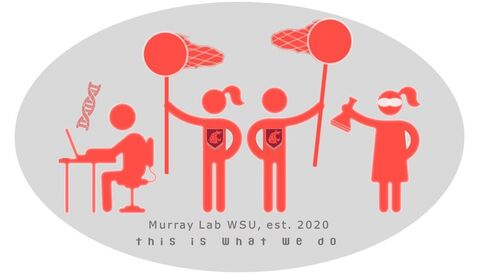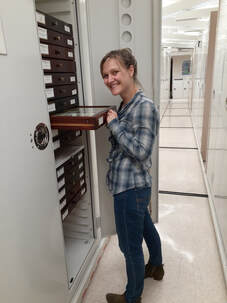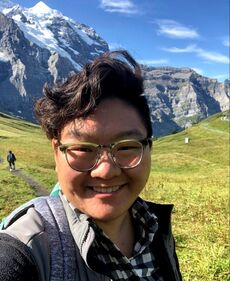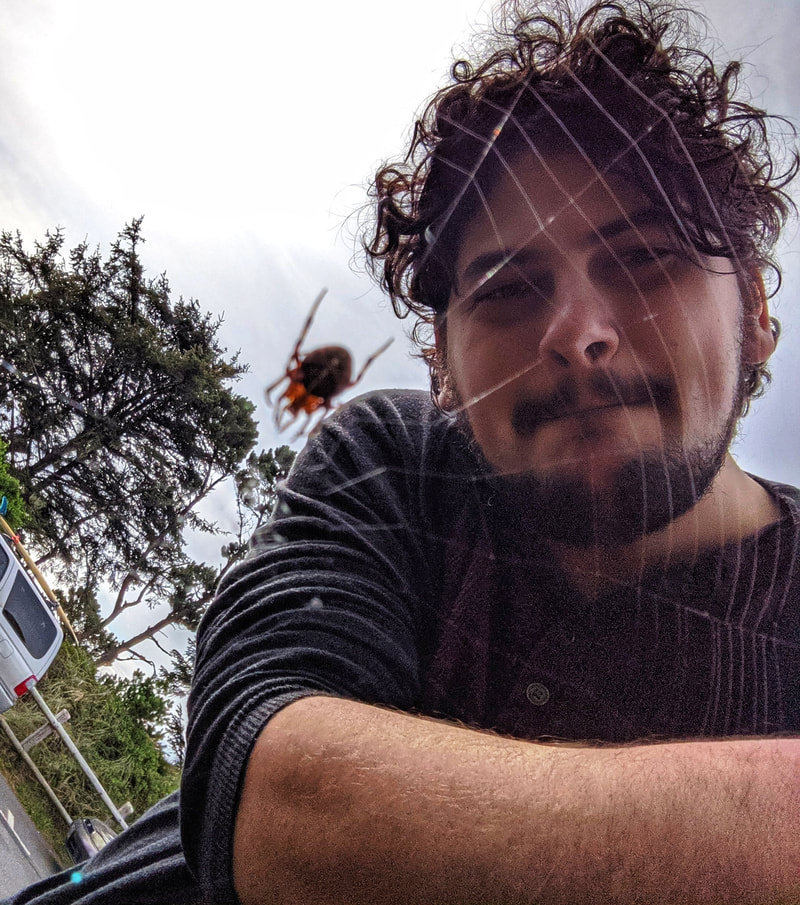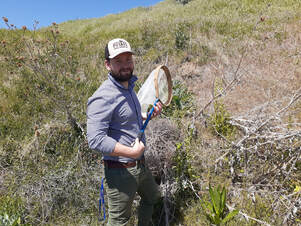Work in the lab currently centers around bees and wasps within the Aculeata (the stinging Hymenoptera, which includes ants, bees, and wasps). Many higher-level relationships among aculeates are still uncertain. We work with phylogenies and other phylogenetic comparative methods in order to study patterns of evolution. Our expertise includes phylogenomics, taxonomy, museum curation, molecular dating, diversification, historical biogeography, and comparative analyses. The lab is in the exciting stage of being newly established and building personnel and resources, and we welcome candidates who will contribute to a diverse laboratory environment.
people
Dr. Elizabeth MurrayTelford Family Professor & Director of the MT James Entomological Collection
My work is based on the adage that 'Nothing in evolution makes sense except in the light of phylogeny'. Phylogenetic relationships provide our lab a framework for investigating a variety of evolutionary questions.
postdocs and education:
Postdoctoral Fellow at the National Museum of Natural History, Smithsonian Institution Department of Entomology (Wash., D.C.); Postdoctoral Researcher and Lecturer at Cornell University Department of Entomology (Ithaca, NY). PhD in Entomology, University of California, Riverside; MS in Entomology, Kansas State University; BS in Biology, Gustavus Adolphus College, MN. I have info on previous work & my teaching on my personal website. |
Jenny Gan, MS studentI’m interested in biodiversity and evolution, specifically within Hymenoptera. I received my B.S. from Farmingdale State University in Bioscience and while there, performed a survey on native bee diversity on Long Island, NY. Currently, I’m researching spatial patterns of phylogenetic diversity and endemism of bumblebees in the Pacific Northwest. Understanding these can elucidate patterns of evolution and identify areas important for conservation.
|
Nate Green, MS studentMy interest in Entomology was spurred in 2015, when I took a Spider Biology course and became infatuated with arthropods. Soon after I took a General Entomology class where I discovered my love for Hymenoptera. I continued collecting spiders and insects after the courses and kept teaching myself. After working in biomedical research for a few years, I decided to return to school studying insects. I started here at WSU in the Spring 2021, where I'm working on the systematics of Pseudomasaris and Euparagia (Hymenoptera: Vespidae).
Educational background: B.S. in Biology with a minor in Chemistry from The University of Akron |
Dr. Ligia BenevidesNewly-started! Postdoctoral Researcher on the NSF-DEB grant, Bees of the World. More info to come.
|
Dr. Silas BossertAssistant Research Professor and lab member since 2020. For personal website, click here.
I am an evolutionary biologist specialized in the biology of bees. Before I became a member of the Murray Lab, I was a predoctoral fellow at the Smithsonian National Museum of Natural History in the lab of Seán Brady. My research uses four main angles to study bee evolution and natural history. (1) I use phylogenies to study relationships among bees and wasps. This includes methodological studies on bioinformatics of phylogenomics. (2) Using the ‘phylogenetic lens’, I study traits and behavior, patterns and pollen use. (3) I am interested how genes contribute to these traits. (4) I describe previously unknown bees! In times of global insect decline, describing new species to science is more important than ever. |
|
|
the insect collection at WSU
|
Visit the museum website HERE.
Lab members utilize museum collections regularly for their research projects. The Department of Entomology is proud to host the MT James Entomological Collection, which holds several million specimens. We are especially strong in historical material from the state of Washington. |
